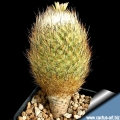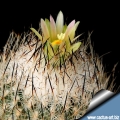Donate now to support the LLIFLE projects.
Your support is critical to our success.
Your support is critical to our success.
Pediocactus subterraneus var. zaragosae
Acta Mus. Richnov., Sect. Nat. 5(1): 18. 1998
Family: CACTACEAE
Acta Mus. Richnov., Sect. Nat. 5(1): 18. 1998
Family: CACTACEAE
Accepted Scientific Name: Turbinicarpus mandragora subs. zaragosae (Glass & R.A.Foster) Lüthy
Kakteen Sukk. 50(11): 279. 1999
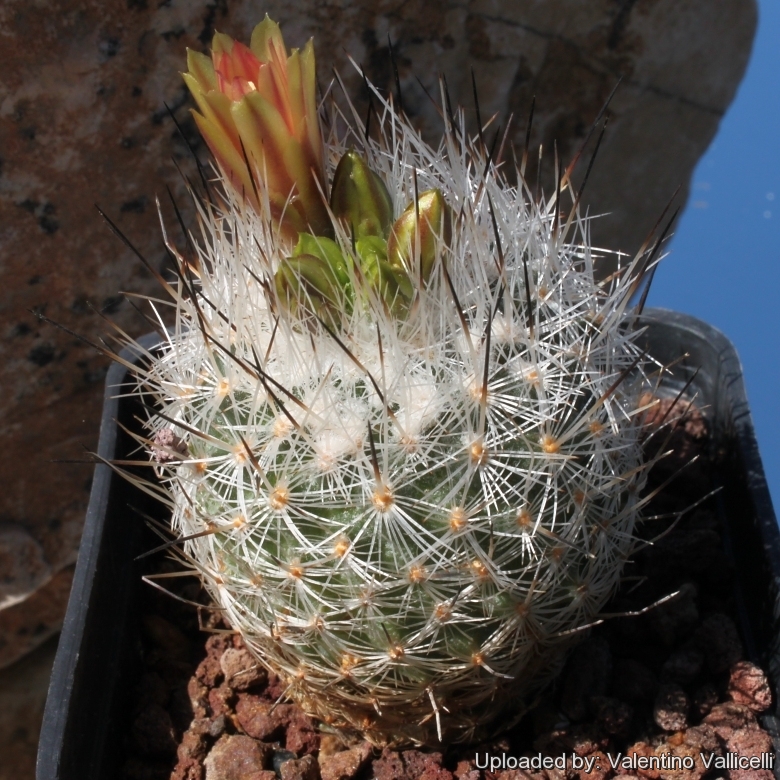
Pediocactus subterraneus var. zaragosae (Turbinicarpus mandragora subs. zaragosae) Photo by: Valentino Vallicelli
SB1437 Zaragosa, NL, Mexico
SB1437 Zaragosa, NL, Mexico
Synonyms:
- Turbinicarpus mandragora subs. zaragosae (Glass & R.A.Foster) Lüthy
- Gymnocactus subterraneus var. zaragosae Glass & R.A.Foster
- Neolloydia subterranea subs. zaragosae (Glass & R.A.Foster) Doweld
- Neolloydia subterranea var. zaragosae (Glass & R.A.Foster) E.F.Anderson
- Neolloydia zaragosae (Glass & R.A.Foster) Doweld
- Pediocactus subterraneus var. zaragosae (Glass & R.A.Foster) Halda
- Rapicactus subterraneus subs. zaragosae (Glass & R.A.Foster) Lüthy
- Rapicactus zaragosae (Glass & R.A.Foster) D.Donati
- Thelocactus subterraneus var. zaragosae (Glass & R.A.Foster) Bravo
- Turbinicarpus beguinii subs. zaragosae (Glass & R.A.Foster) D.R.Hunt
- Turbinicarpus subterraneus subs. zaragosae (Glass & R.A.Foster) M.Zachar
- Turbinicarpus subterraneus var. zaragosae (Glass & R.A.Foster) A.D.Zimmerman
- Turbinicarpus zaragosae (Glass & R.A.Foster) Glass & A.Hofer
See all synonyms of Turbinicarpus mandragora
back
Accepted name in llifle Database:Turbinicarpus mandragora (Frič ex A.Berger) A.D.Zimmerman
Bradleya 9: 92. 1991
Synonymy: 8
- Turbinicarpus mandragora (Frič ex A.Berger) A.D.Zimmerman
- Echinocactus mandragora Frič ex A.Berger
- Gymnocactus mandragora (Frič ex A.Berger) Backeb.
- Lodia mandragora (Frič ex A.Berger) Mosco & Zanov.
- Neolloydia mandragora (Frič ex A.Berger) E.F.Anderson
- Pediocactus mandragora (Frič ex A.Berger) Halda
- Rapicactus mandragora (Frič ex A.Berger) Buxb. & Oehme
- Thelocactus mandragora A.Berger
Turbinicarpus mandragora subs. beguinii (N.P.Taylor) Lüthy
Kakteen Sukk. 50(11): 279 (1999)
Synonymy: 17
- Turbinicarpus mandragora subs. beguinii (N.P.Taylor) Lüthy
- Echinocactus beguinii F.A.C.Weber ex K.Schum.
- Gymnocactus beguinii (F.A.C.Weber ex K.Schum.) Backeb.
- Mammillaria beguinii (F.A.C.Weber ex K.Schum.) hort.
- Neolloydia beguinii (F.A.C.Weber ex K.Schum.) Britton & Rose
- Neolloydia glassii Doweld
- Neolloydia smithii var. beguinii (F.A.C.Weber) Kladiwa & Fittkau in Krainz
- Rapicactus beguinii (N.P.Taylor) Lüthy
- Thelocactus beguinii N.P.Taylor
- Turbinicarpus beguinii (N.P.Taylor) Mosco & Zanov.
- Turbinicarpus beguinii subs. albiflorus
- Turbinicarpus beguinii subs. haenkeanus Halda, Horáček & Malina
- Turbinicarpus beguinii subs. hintoniorum A.Hofer
- Neolloydia glassii var. hintoniorum (A.Hofer) Doweld
- Rapicactus beguinii subs. hintoniorum (A.Hofer) Lüthy
- Turbinicarpus beguinii subs. senilis M.Zachar & Lux
Turbinicarpus mandragora subs. booleanus (G.S.Hinton) Lüthy
Kakteen Sukk. 50(11): 279 (1999)
Synonymy: 8
- Turbinicarpus mandragora subs. booleanus (G.S.Hinton) Lüthy
- Neolloydia booleana (G.S.Hinton) Doweld
- Rapicactus booleanus (G.S.Hinton) D.Donati
- Rapicactus subterraneus subs. booleanus (G.S.Hinton) Lüthy
- Turbinicarpus booleanus G.S.Hinton
- Turbinicarpus subterraneus subs. booleanus (G.S.Hinton) M.Zachar
- Turbinicarpus subterraneus subs. booleanus (G.S.Hinton) D.R.Hunt
- Turbinicarpus subterraneus var. booleanus (G.S.Hinton) D.R.Hunt
Turbinicarpus mandragora subs. pailanus (Halda & Panar.) Lüthy
Kakteen Sukk. 50(11): 279 (1999)
Synonymy: 6
- Turbinicarpus mandragora subs. pailanus (Halda & Panar.) Lüthy
- Neolloydia pailana (Halda & Panar.) Doweld
- Rapicactus mandragora subs. pailanus var. mandragora (Halda & Panar.) Lüthy
- Rapicactus pailanus (Halda & Panar.) D.Donati
- Turbinicarpus beguinii subs. pailanus (Halda & Panar.) U.Guzmán
- Turbinicarpus pailanus Halda & Panar.
Turbinicarpus mandragora subs. subterraneus (Backeb.) Lüthy
Kakteen Sukk. 50(11): 279 (1999)
Synonymy: 8
- Turbinicarpus mandragora subs. subterraneus (Backeb.) Lüthy
- Echinocactus subterraneus Backeb.
- Gymnocactus subterraneus (Backeb.) Backeb. ex Fritz Schwarz
- Neolloydia subterranea (Backeb.) H.E.Moore
- Pediocactus subterraneus (Backeb.) Halda
- Rapicactus subterraneus (Backeb.) Buxb. & Oehme
- Thelocactus subterraneus Backeb.
- Turbinicarpus subterraneus (Backeb.) A.D.Zimmerman
Turbinicarpus mandragora subs. zaragosae (Glass & R.A.Foster) Lüthy
Kakteen Sukk. 50(11): 279. 1999
Synonymy: 13
- Turbinicarpus mandragora subs. zaragosae (Glass & R.A.Foster) Lüthy
- Gymnocactus subterraneus var. zaragosae Glass & R.A.Foster
- Neolloydia subterranea subs. zaragosae (Glass & R.A.Foster) Doweld
- Neolloydia subterranea var. zaragosae (Glass & R.A.Foster) E.F.Anderson
- Neolloydia zaragosae (Glass & R.A.Foster) Doweld
- Pediocactus subterraneus var. zaragosae (Glass & R.A.Foster) Halda
- Rapicactus subterraneus subs. zaragosae (Glass & R.A.Foster) Lüthy
- Rapicactus zaragosae (Glass & R.A.Foster) D.Donati
- Thelocactus subterraneus var. zaragosae (Glass & R.A.Foster) Bravo
- Turbinicarpus beguinii subs. zaragosae (Glass & R.A.Foster) D.R.Hunt
- Turbinicarpus subterraneus subs. zaragosae (Glass & R.A.Foster) M.Zachar
- Turbinicarpus subterraneus var. zaragosae (Glass & R.A.Foster) A.D.Zimmerman
- Turbinicarpus zaragosae (Glass & R.A.Foster) Glass & A.Hofer
back
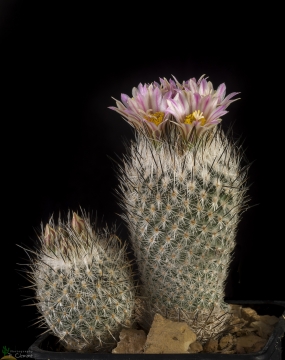
Pediocactus subterraneus var. zaragosae (Turbinicarpus mandragora subs. zaragosae) Photo by: Peiffer Clement
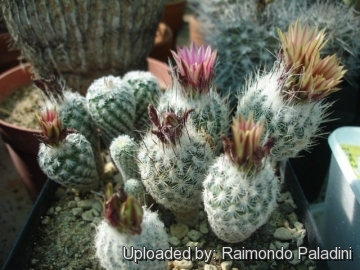
Pediocactus subterraneus var. zaragosae (Turbinicarpus mandragora subs. zaragosae) Photo by: Raimondo Paladini
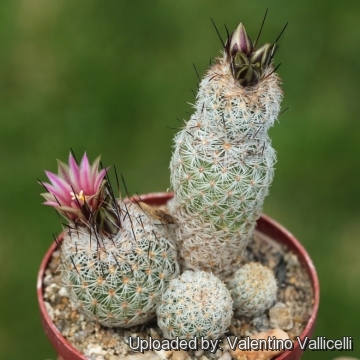
Pediocactus subterraneus var. zaragosae (Turbinicarpus mandragora subs. zaragosae) Photo by: Valentino Vallicelli
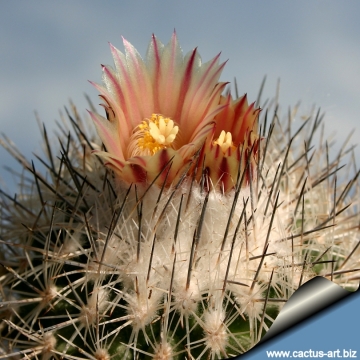
Pediocactus subterraneus var. zaragosae (Turbinicarpus mandragora subs. zaragosae) Photo by: Cactus Art
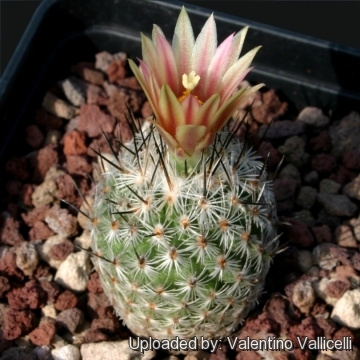
Pediocactus subterraneus var. zaragosae (Turbinicarpus mandragora subs. zaragosae) Photo by: Valentino Vallicelli
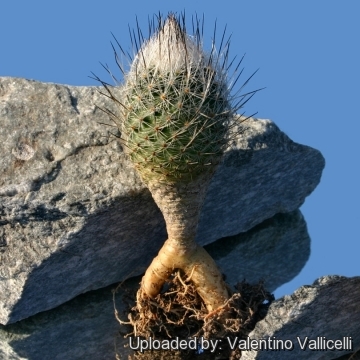
Pediocactus subterraneus var. zaragosae (Turbinicarpus mandragora subs. zaragosae) Photo by: Valentino Vallicelli
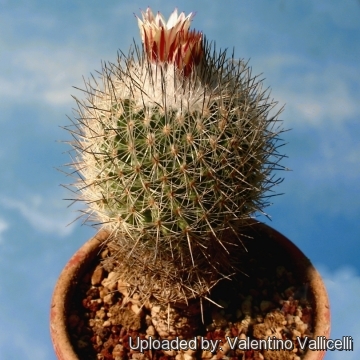
Pediocactus subterraneus var. zaragosae (Turbinicarpus mandragora subs. zaragosae) Photo by: Valentino Vallicelli
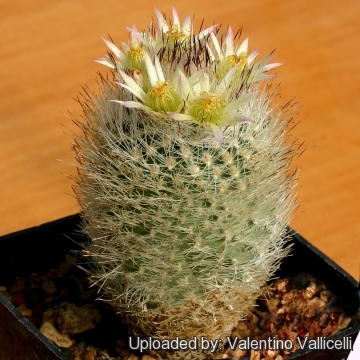
Pediocactus subterraneus var. zaragosae (Turbinicarpus mandragora subs. zaragosae) Photo by: Valentino Vallicelli
| Your Actions | |
|---|---|
| Back to Pediocactus index | |
| Back to Cactaceae index | |
 |
Back to Cacti Encyclopedia index |








